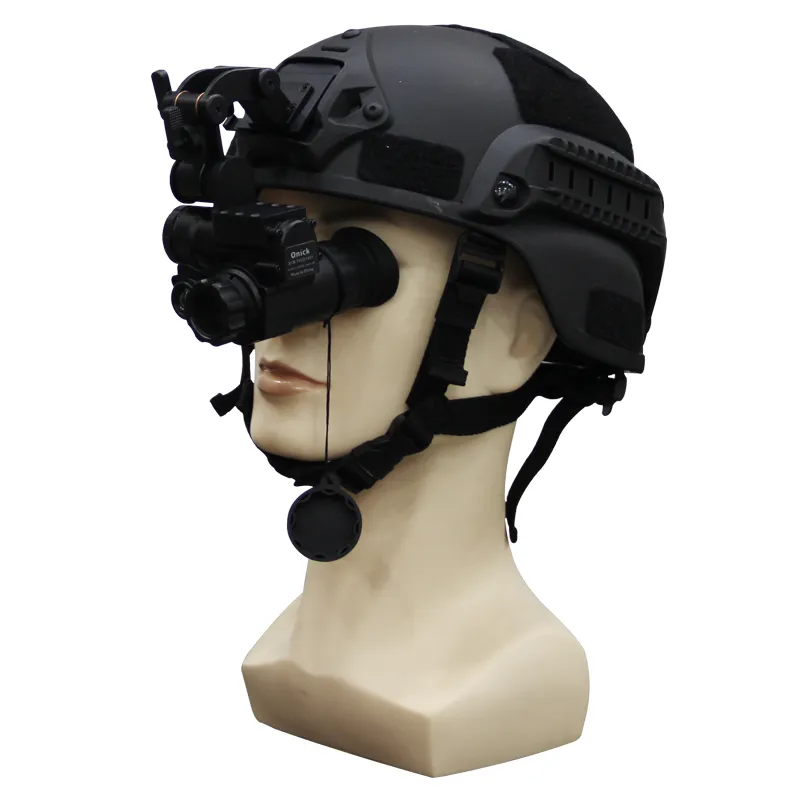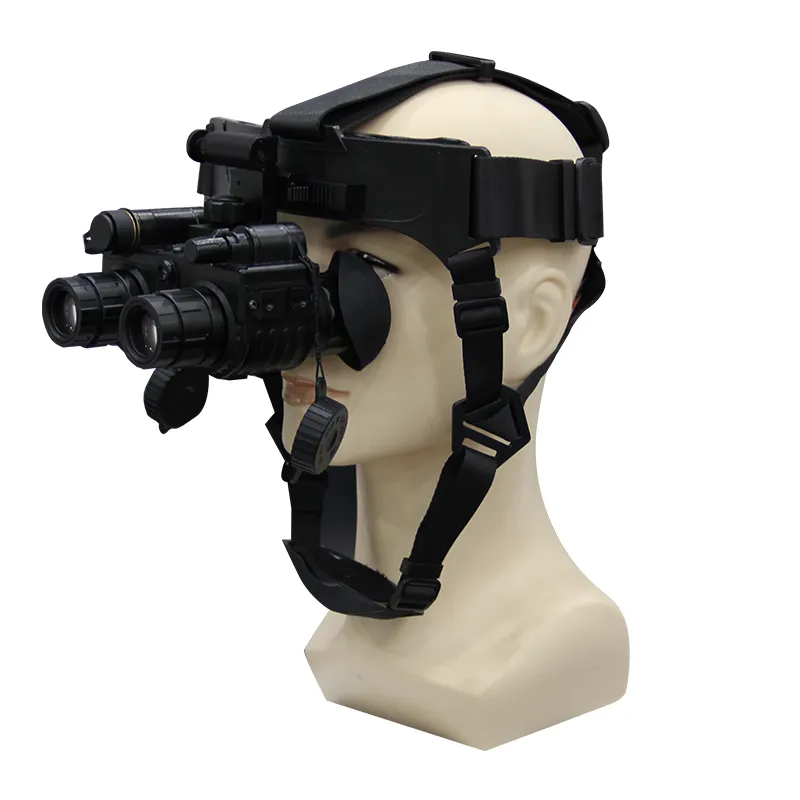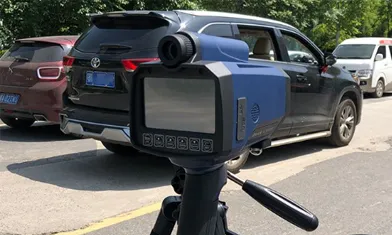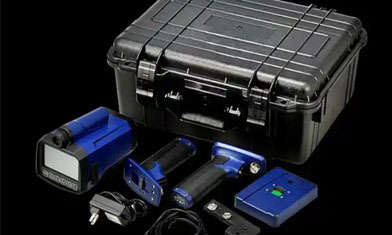What Are The Differences Between The First And Second Generation Digital Night Vision Devices?
First-generation digital night vision devices feature only two or three buttons, such as a power button and an infrared button. Some models also have a digital zoom/zoom function. They are relatively limited in functionality, typically producing black-and-white images that only meet basic viewing requirements. Their application scope is limited to both daytime and nighttime use, a common characteristic of all digital night vision devices. However, due to the poor image clarity and lack of other features, their intended audience is limited. They are still suitable for outdoor adventures and short-range nighttime observation. However, it is worth noting that early digital night vision devices of this type had poor daytime viewing performance, sometimes even inferior to the direct vision of the human eye.
Second-generation digital night vision devices excel in expanding their functionality, as evident from their exterior buttons. In addition to all the buttons found in first-generation devices, second-generation devices also include photo and video recording buttons, a memory card slot, image brightness adjustment, digital zoom/zoom buttons, a USB port, and an AV video output port. The names of these buttons generally indicate their features. In addition to all the features of the first-generation digital night vision device, the second-generation device also features a digital zoom function, allowing you to zoom in and out. It can take photos and videos directly, storing them on a memory card. Some second-generation devices also offer image playback. Image brightness adjustment allows for viewing different targets and situations, eliminating the overexposure and obstruction of view experienced with the previous generation. A USB port expands the device's flexibility. An AV video port allows for connecting to an external display for direct viewing and recording.
The second-generation device's features are more practical than those of the first-generation device and better suit user needs. It is primarily used by demanding users, such as those seeking night fishing, animal observation, home security, and patrol and security patrols.
Onick NVG-30 Helmet-Mounted Monocular Digital Night Vision Goggles
1. Large 11" ultra-clear window for comfortable, shadow-free viewing
2. 80-120m clear viewing range for all-black images
3. Ultra-high-definition resolution for crisp images and a wide field of view
4. Ultra-wideband infrared anti-reflection coating for clear day and night, black-and-white/color effects
5. Supports photo and video recording for sharing footage at any time
6. 3x magnification effectively enlarges the field of view
7. IP66 biological waterproof and dustproof, capable of operating in -40°C to 50°C environments

NVG-D2 Super Second Generation Helmet-Mounted Binocular Low-Light-Level Night Vision Goggles
Onick The NVG-D2 multi-function low-light-level night vision device utilizes a high-performance second-generation image intensifier. It features excellent performance, a compact size, lightweight, clear images, simple operation, and flexible use. The magnification can be changed by replacing the objective lens (or attaching a magnifying lens). It also has a built-in infrared auxiliary light source and an automatic anti-glare protection system. Its practicality makes it suitable for military observation, border and coastal reconnaissance, public security surveillance, evidence collection, customs anti-smuggling, and other nighttime tasks in unlit environments. It is an ideal device for public security departments, armed police forces, special police forces, and security patrols.

Application Areas: Border and coastal reconnaissance, public security surveillance, evidence collection, customs anti-smuggling, and other fields.
Applicable Scenarios: Technical Differences Determine Application Limits
1. Typical Scenarios for First-Generation Digital Night Vision Devices
Entry-Level Civilian Uses: For example, nighttime surveillance of homes and courtyards (requiring streetlights/moonlight assistance), short-range outdoor observation in urban areas (at dusk/night), and more. During twilight hours, high-precision target identification is not required.
Budget-limited scenarios: Suitable for users who are new to night vision equipment or require occasional use (such as outdoor camping and observation during holidays), without high image quality requirements.
Low-intensity security: For example, simple patrols outside warehouses (where ambient light is sufficient), where only the presence of moving objects is required, and detailed detection of the target is not necessary.
2. Core Scenarios for Second-Generation Digital Night Vision Devices
Professional outdoor applications: For example, hunting (where clear prey identification is required), bird watching in the mountains (in low-light environments during the early morning/late night), and long-distance outdoor exploration (in areas without artificial light sources).
Mid- to high-end security: For example, perimeter monitoring of factory walls (in complete darkness) and unmanned site monitoring in remote areas, where accurate target identification (such as clothing and vehicle model) is required.
Harsh environment operations: For example, nighttime outdoor rescue (where low light and complex terrain are present) and field surveys in low-temperature areas (such as winter in northern China), equipment with strong environmental adaptability and stable performance is required.
If you would like to learn more about fusion night vision devices, infrared thermal imaging scopes, and other related information, please feel free to contact us.





















